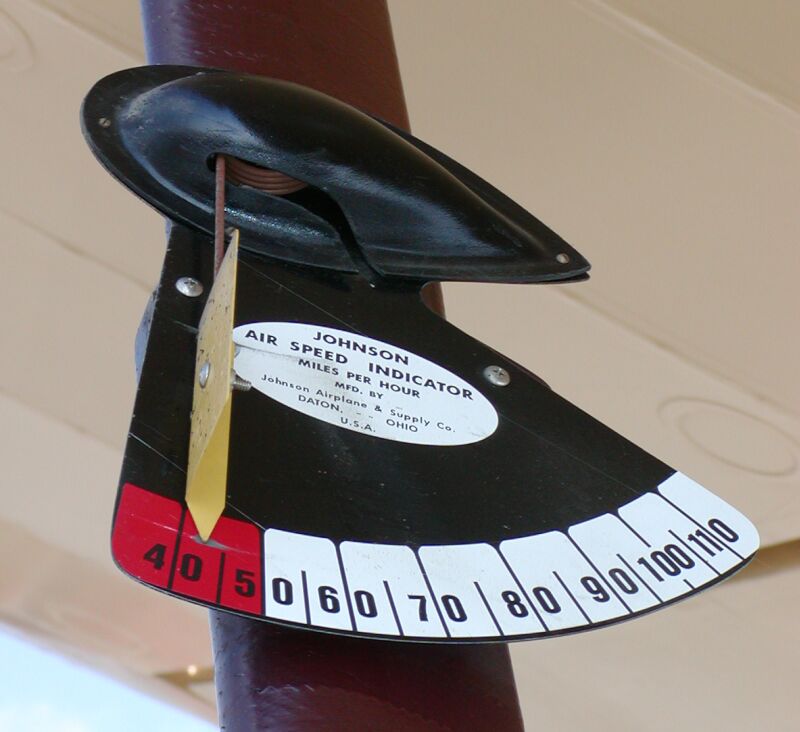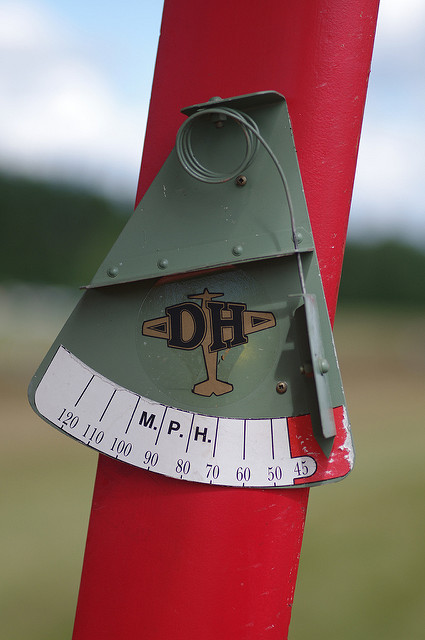I understand the underlying principle of an airspeed indicator, ie. that it uses the Pitot-static system to measure the dynamic pressure as the difference between total pressure and static pressure.
Knowing that the dynamic pressure is $p_{d} = \frac{1}{2}\rho u^2,$ any linear variation in the measure will be a linear variation in $u^2$, not in $u$ alone. Yet the airspeed indicator markings are themselves uniformly spaced and still, they show $u$, not $u^2$. Therefore: how does the mechanical linkage convert a linear displacement (variation) in the dynamic pressure measurement $\propto u^2$ into $u$?
That is, how is the square root transformation of the dynamic pressure performed at the clockwork level of the airspeed indicator to obtain the indicated air speed?
My guess is that one of the gearwheels will be responsible for this but I haven't actually been able to find any information on this online.




